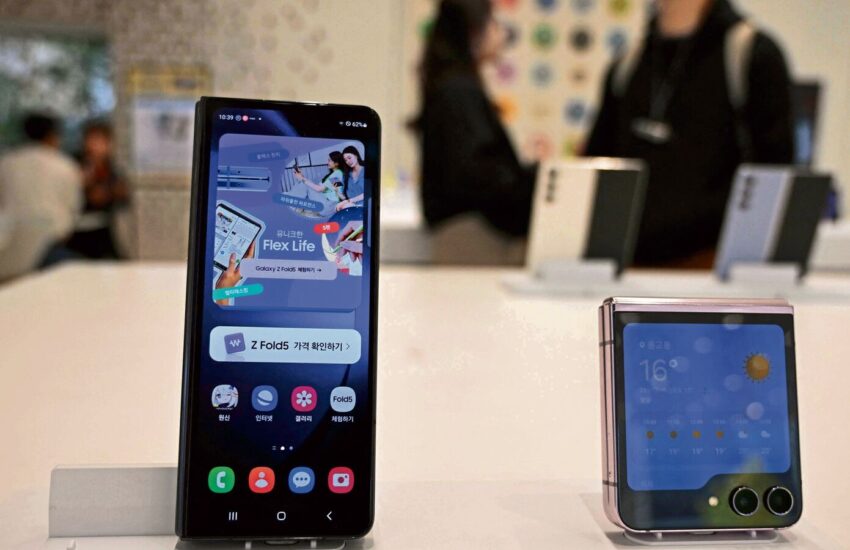Motorola has just launched a foldable phone, the Moto Razr, in India. Now, Samsung is slated to launch its foldables. Yet, despite half a decade of mainstream market presence, foldable phones haven’t been hot sellers. Why is no one willing to pay for these phones?
What are the choices in foldable phones?
By now, quite a few foldable smartphones are available to purchase in the Indian market. Samsung has two distinct foldable phone lineups—the Galaxy Z Fold and Flip, which are available in four variants. Motorola has the Razr, while OnePlus sells the OnePlus Open here as well. Fellow BBK Electronics brand Oppo also sells two variants of its N Flip series of foldable smartphones in India, while its sibling brand Vivo has the X Fold3 Pro here. Overall, the total options for foldables aren’t as great as for conventional smartphones. But there are a few choices in the market for interested buyers.
What do they offer consumers?
Most foldable phones claim that they can either be super compact or expand to open into a tablet of sorts. This, phone brands claim, could resolve the issue of ergonomics by collapsing a 6-inch display into pocketable size, or create a multifunctioning device that can flip between a phone and a tablet. The key factor behind these phones is their flexibility of use cases, which brands have been advertising for long. However, apart from this, most use cases and features do not particularly differ from conventional smartphones. There are also no dedicated apps that are truly different from those in conventional phones.
How expensive are these foldable phones?
They aren’t cheap. The least expensive is Samsung’s Galaxy Z Flip 4, at ₹64,999. Oppo retails at ₹74,999, while the Moto Razr is priced upward of ₹99,999. All other foldables are priced upwards of ₹1 lakh: OnePlus Open costs ₹1.4 lakh, Vivo’s foldable ₹1.6 lakh and Samsung’s Galaxy Z Fold 5 an eye watering ₹1.85 lakh. An average smartphone sells at ₹22,000.
Why are they not taking off?
The key factor here is the lack of truly innovative use cases. Most flip phones that collapse to a smaller size typically need users to open the main display for tasks, while folding phones that open up to a tablet format are not big enough to replace standalone tablets. App support is also a challenge—not all apps synchronize seamlessly across the multiple displays of folding phones. And due to their many components, the cost of making foldable phones has remained relatively high.
What about rollable and other tech?
While many firms have patented or showcased bendable and rollable displays, no such device is generally available. Engineering challenges mean that most such devices risk breaking or suffering damage if not used with care. This in turn affects warranties. Such devices also struggle with very high engineering costs—even if they are launched commercially, they will be niche offerings that are 4-5x costlier than conventional phones. Use cases also remain slim—most such devices are perceived as ‘gimmicky’.


